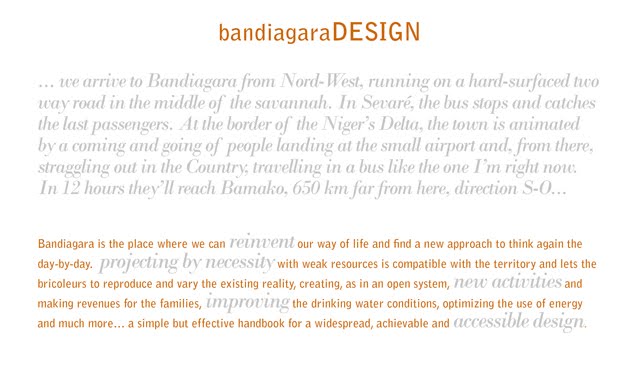“According to the Environmental Protection Agency’s most recent Toxic Release Inventory, from 2006, metal mining in the worst polluting industry in the United States. While no data set exists for world pollution, it is safe to assume that commensurate data would indicate similar findings. Large ENGOs such as Earthworks and Oxfam have waged an extensive campaign to reform the mining industry, both domestically and internationally.
Conversely, precious metal and gems, once extracted, are never discarded. No one throws away gold. The traditional materials used by jewelers and metalsmiths do not fit into the categories of disposable consumerism or planned obsolescence. Precious metal refineries recycle the metal they take in and always have. The initial production of jewelry is dirty, but the aftermarket is a place where recycling and enduring value is the norm. It is in this dichotomy of conflicting perceptions and practices that jewelry and metalsmithing finds itself immersed”.
Gabriel Craig writes about green metalsmithing on the magazine Metalsmith | vol.29 | n°2. The attention paid to green jewelry is almost inexistent but the impact of metalsmithing is high and doesn’t depend only on the material sources and ethical labor production but also on good business practices, manufacturer’s energy consumption and environmental impact related to packaging, transportation and waste.
Anyway, the most important element of green jewelry is extraction; the initial extraction entails the release of mercury as well as cyanide into water sources near the mine, and also personal safety hazards are frequent in the gold mining process. Secondary refining consist in reusing scrap gold, coming from a variety of sources recycled jewelry and electronics, bullion and material from primary refining, and refining it by different processes and bringing the material to a purity of 99.9999 percent.
Many studio jewelers are now beginning to adopt ethically sourced precious metals as an essential part of their process, by recasting the clients’ old gold and making them pay just the skilled labour on the realized piece. This way the demand of gold decreases, even if in a small way.
“No matter the reason or level of commitment to green jewelry principles” Gabriel Craig says, “every action makes a difference. If a jeweler made 100 rings using ethically sourced gold, he would eliminate a staggering 4 million pounds of rock waste this year alone. I can only imagine the kind of change that could be achieved by activating a critical mass”.
anja visini
http://www.conceptualmetalsmithing.com/
http://www.gabrielcraigmetalsmith.com/index.php?/writing/seeing-green/










